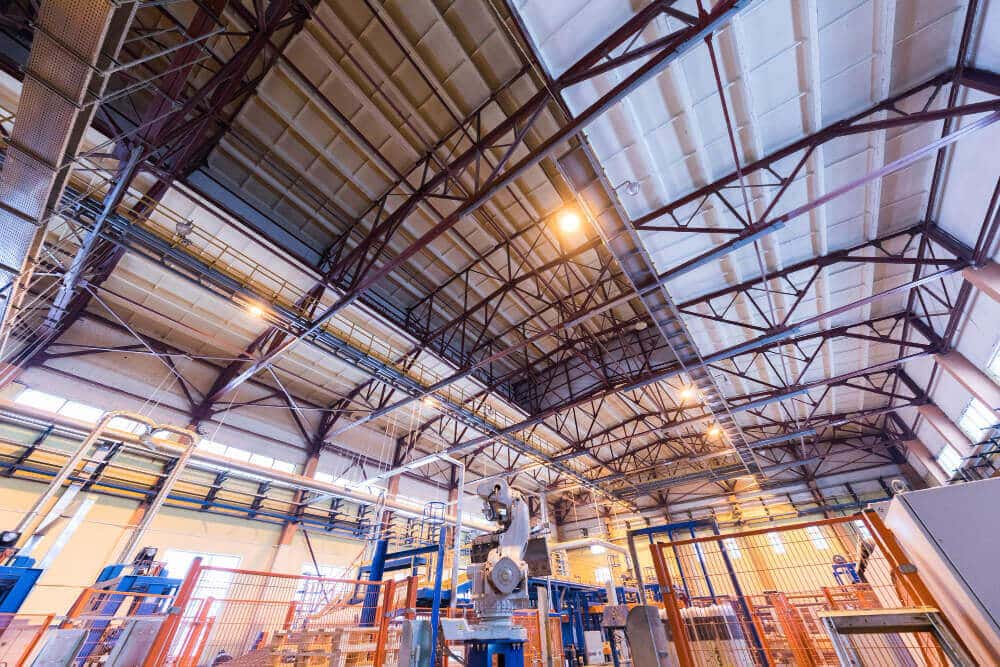Demand for industrial real estate in 2023 will remain strong but rent increases for warehouse space are expected slow down a bit in some areas, according to a forecast issued by the IRE giant Cushman & Wakefield.
Asking rents for warehouse space soared in 2022 but have shown signs of moderating during recent quarters, the company reports.
In the fourth quarter, the average industrial asking rental rate climbed only 1.0% quarter-over-quarter (QoQ) to $8.81 per square foot (psf) but swelled by 18.6% year-over year (YoY), marking the strongest year in history for annual rental rate growth.
Also in the fourth quarter, gross industrial leasing declined by 28% quarter-over-quarter (QoQ) and by 37% year-over-year (YoY), the company adds:
Although these declines are coming off peak levels of activity, it’s a trend we are watching as we head into 2023. Dallas/Fort Worth (13.8 msf), Houston (9.2 msf), Atlanta (8.1 msf), and Phoenix (7.0 msf) were the most active markets throughout the fourth quarter,” C&W says.
Meanwhile, within warehouse/distribution facilities, the key driver of the industrial market, asking rents surged by 21.6% annually (but only 0.6% QoQ). Just five of the 81 markets tracked yielded double-digit quarterly increases while 24 markets recorded YoY growth rates of 20% or higher.
Overall tenant demand should remain positive, C&W adds, “but it can be expected it to continue to decelerate as choppier economic conditions emerge and consumer spending continues to rotate back towards services.”
As for what will happen beyond this year, the company currently is predicting that in 2024, supply will finally catch up, at which point rent growth will likely moderate back into the 3% range.
“With much of the space being built on a speculative basis, there is a risk of overbuilding in certain markets in the near-term,” C&W warns. “In the face of an increasingly difficult economic climate and the Fed pursuing additional hike rates, we anticipate construction starts to slow down.”
The upshot is that some IRE tenants may choose to opt for a wait-and-see approach during this year due to a prolonged period of economic uncertainty, while others who are enjoying continuing growth may find opportunities to expand their footprints as the supply chain becomes more reliable in delivering vacancies.
Of the 81 markets C&W tracks, 19 recorded more than 2.0 msf of net absorption in the fourth quarter while another nine exceeded 1.0 msf. While absorption finished in the red in just eight markets at the close of the fourth quarter – with most posting nominal net losses – this was an improvement from the previous two quarters when 10 markets, on average, yielded negative absorption.
For the third year in a row, the U.S. industrial market inked more than 700 msf of new leasing volume with 757 msf signed throughout 2022. This was the second-best year in history, only lagging the 923 msf leased in 2021.
Although ecommerce transactions fell in comparison to 2020 and 2021, other industries propelled demand totals during 2022. Strong activity by retailers, wholesalers, third-party logistics and manufacturing companies drove another healthy quarter of leasing, C&W notes.
“That said, tenant demand began to tick lower in the second half of 2022 as some tenants began to tap the brakes amid the uncertainty around the economy and a deceleration in consumer spending on goods,” the company’s report says.
C&W’s analysis closely tracks forecasts by other prominent IRE firms, such as JLL, Prologis and CBRE. These companies also watch the same economic conditions as well as the economic factors impacting how customers choose warehouse and distribution center space.



